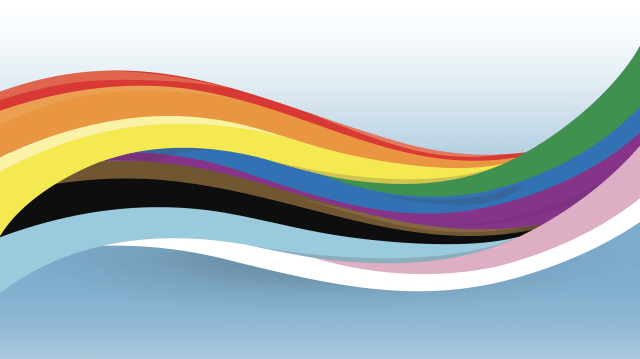

LGBTQIA+ Resources for Employees
- Home
- Who We Are
- Leadership and Administration
- Administrative Offices
- Office of the Senior Vice President and Chief Operating Officer
- LGBTQIA+ Resources for Employees
University Inclusivity Statement
A dedication to diversity, equity, and inclusion is at the heart of our mission. As a Catholic and Vincentian university, St. John’s is committed to institutionalizing practices of inclusive excellence to ensure that we welcome and celebrate the intrinsic worth of all members of our community.
We will become an even stronger University as we enhance equity at every level of our institution. As noted in our Vision Statement, our graduates will excel in the competencies and values required for leadership and service in a rapidly evolving world.
LGBTQIA+ Resources for Employees
For information on all gender and ADA restrooms throughout campus, please visit the All Gender and ADA Restroom Map. Note that you can find specific information on each restroom’s location by clicking on the map’s person icons.
Please note that it is a work in progress. If you have any questions or concerns, please reach out to Jackie Lochrie at [email protected], Spectrum Advisor.
